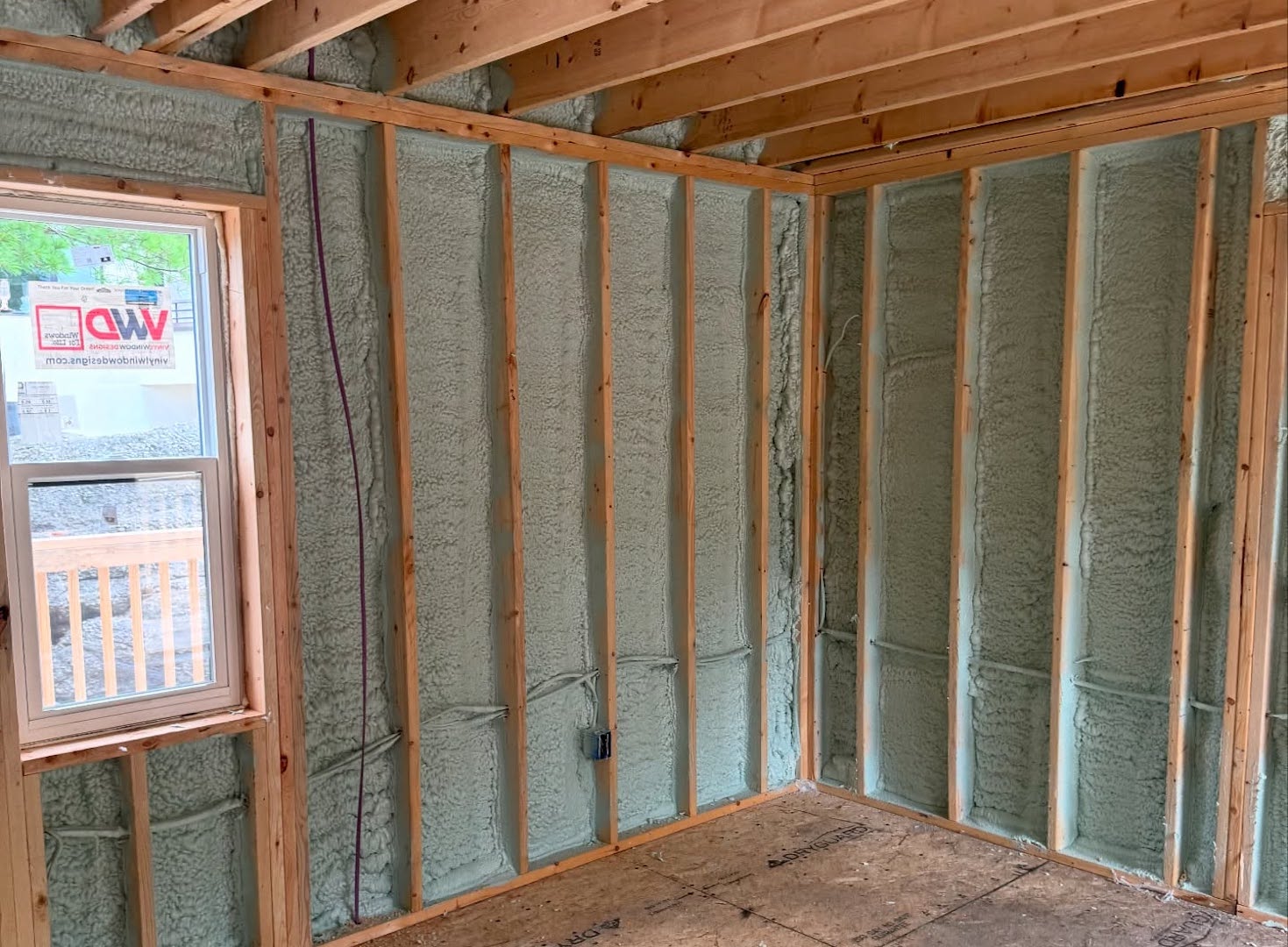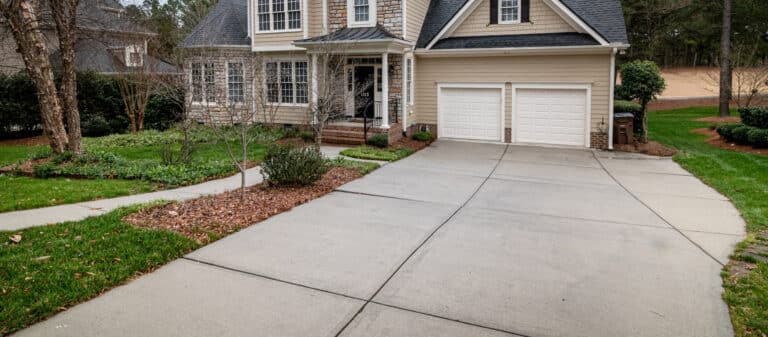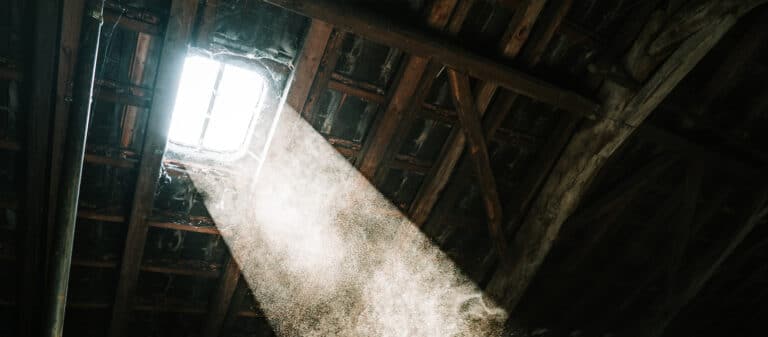Insulation is critical in keeping your home comfortable year-round, reducing energy costs, and minimizing your environmental footprint. However, not all insulation materials are created equal.
Many traditional insulation products, such as fiberglass batts or foam boards, contain petrochemicals, formaldehyde, or other substances that can be harmful to both the planet and indoor air quality.
If your goal is to build or renovate a home with sustainability in mind, it makes sense to choose insulation that is renewable, non-toxic, and energy efficient.
This guide will cover five eco-friendly insulation materials that are not only better for the environment but also perform just as well as conventional options.
1. Cellulose Insulation
Cellulose is the most popular green insulation option available in Northeast Pennsylvania. Residents looking to insulate their home with a renewable insulation material often request cellulose, which is made from up to 85% recycled paper (often old newspapers) and treated with natural fire retardants like borates to improve safety.
With an excellent R-value of 3.2-3.8 per inch, cellulose can be installed in open fixtures or behind closed walls with a blower machine, making it a versatile choice.
Furthermore, cellulose offers natural soundproofing qualities and can even reduce air leakage between surfaces.
One downside of cellulose is that it tends to settle with time, reducing its overall efficiency. Additionally, cellulose can be vulnerable to moisture and lead to mold if water intrusion is an issue.
However, this is a problem that most insulating materials, outside of spray foam, will run into and should be addressed regardless of what insulation material you install.
2. Fiberglass Insulation (With Recycled Content)
Fiberglass insulation remains one of the most common insulating materials in Northeast Pennsylvania homes, and when manufactured with high recycled glass content, it can be a surprisingly eco-friendly choice. Many modern fiberglass products contain 40–60% post-consumer recycled glass, and new formulations are formaldehyde-free, making them safer for indoor air quality.
Regardless, fiberglass is made of glass, which comes from a renewable product (sand), though glass production does come with some embodied carbon emissions.
Fiberglass has an R-value of 2.9–3.8 per inch for batts and up to 4.3 per inch for high-density versions.
It is available in batts, rolls, and loose-fill formats, allowing installation in attics, wall cavities, floors, and ceilings. It is naturally non-combustible and resists pests and mold when kept dry.
The downside to fiberglass is that it can irritate skin and lungs during installation, requiring protective clothing and masks. While it’s a durable material with a lifespan of 50+ years, ensuring proper installation and sealing is key to maximizing energy savings.
3. Sheep’s Wool Insulation
Sheep’s wool is a renewable, biodegradable insulation material that has been used for centuries to keep homes warm in cold climates.
Modern wool insulation takes advantage of the fiber’s natural ability to trap air, creating a thermal barrier that works well year-round. It also contains lanolin oils, which naturally resist mold, mildew, and pests without the need for chemical additives.
With an R-value of roughly 3.5–3.8 per inch, wool offers comparable performance to traditional fiberglass while providing superior moisture regulation. It can absorb and release up to 30% of its weight in water without losing its insulating properties — a major plus in areas with seasonal humidity changes.
The main drawback to sheep’s wool insulation is cost. It is generally more expensive than other eco-friendly options, and sourcing can be limited in some areas. However, for homeowners prioritizing natural, non-toxic materials and long-term durability, wool can be worth the investment.
4. Recycled Cotton (Denim) Insulation
Recycled cotton insulation, often made from post-consumer denim, is a creative way to give old textiles new life while insulating your home. It contains no fiberglass, formaldehyde, or harmful binders, making it one of the safest insulation options to handle and install.
With an R-value of about 3.5–3.7 per inch, cotton insulation performs similarly to fiberglass batts but offers superior sound absorption, making it ideal for interior walls and multi-story homes. It is also naturally resistant to pests when treated with borate.
The biggest drawback of denim insulation is its bulk, which can require deeper wall cavities for installation. It also tends to be more expensive than cellulose or fiberglass due to limited large-scale production. However, its comfort, sustainability, and indoor air quality benefits make it appealing to eco-conscious homeowners who want to install it themselves.
5. Spray Foam Made with Bio-Based Materials
Bio-based spray foam insulation combines the superior air-sealing properties of traditional spray foam with renewable plant-based ingredients such as soy, castor, or corn oils. While not 100% plant-derived, these foams replace a portion of the petroleum-based components with more sustainable alternatives.
Closed-cell bio-based spray foam boasts an impressive R-value of 6–7 per inch, one of the highest among insulation types. It expands to fill gaps and cracks, creating an airtight seal that significantly reduces heat loss and improves overall efficiency. It can also add structural rigidity to walls and roofs.
The downside is that bio-based spray foam still contains synthetic chemicals, and installation must be handled by trained professionals. It is also one of the more expensive insulation options upfront, but its long lifespan and performance can deliver substantial energy savings over time.
Choosing the Right Eco-Friendly Insulation
When selecting insulation for your green home, it’s important to balance environmental benefits, performance, and budget. Here are some tips for making the right choice:
- Assess your climate needs – For colder climates, higher R-values and air sealing are critical.
- Consider moisture control – In humid areas, choose insulation that handles moisture well, like spray foam, wool, or cork.
- Factor in sound control – Materials like cellulose, wool, and denim offer superior acoustic benefits.
- Look for certifications – GREENGUARD, Cradle to Cradle, or other environmental certifications can help you verify sustainability claims.
- Get professional advice – A qualified contractor can evaluate your home’s needs and recommend the most cost-effective, eco-friendly option.
Benefits of Eco-Friendly Insulation: Beyond Energy Savings
Eco-friendly insulation does more than just reduce heating and cooling costs. It can also offer several additional benefits for homeowners, including:
- Improve indoor air quality by avoiding toxic chemicals
- Reduce your home’s carbon footprint
- Support sustainable industries and recycling efforts
- Increase property value for environmentally conscious buyers
Eco-friendly insulation has come a long way over the last few years, making it a suitable alternative to traditional insulation materials. To find out which is best for your home in Northeast Pennsylvania, contact EnergySmart for a free consultation and quote.
FAQs: Eco-Friendly Insulation
Is eco-friendly insulation as effective as traditional insulation?
Yes. Most green insulation materials have similar or better R-values compared to fiberglass and perform equally well at reducing heat transfer.
Does eco-friendly insulation cost more?
Some options, like wool or cork, may have a higher upfront cost, but they often provide better longevity and energy savings over time.
Can I install eco-friendly insulation myself?
Materials like cellulose, denim, or wool batts are DIY-friendly, while spray foam and certain cork applications typically require professional installation.











